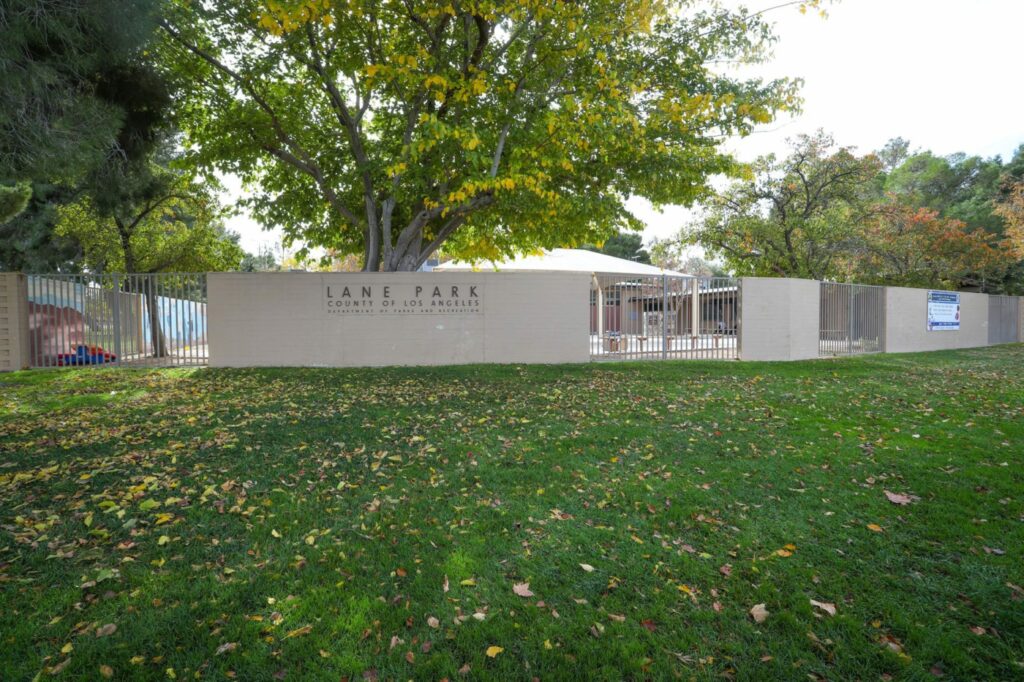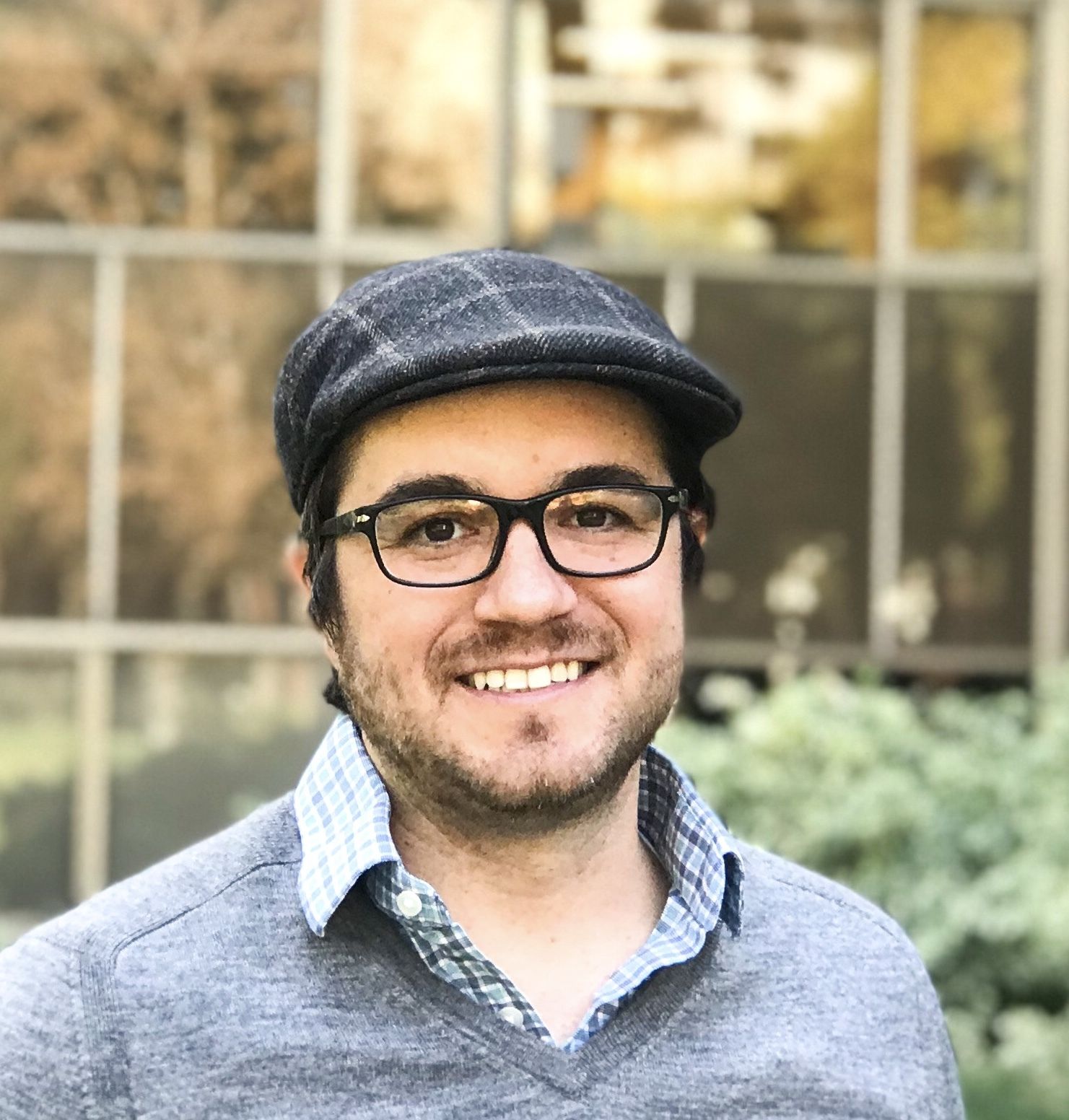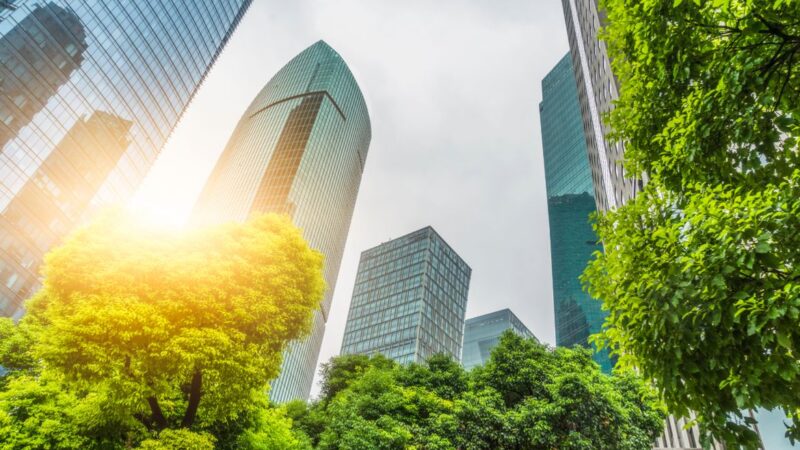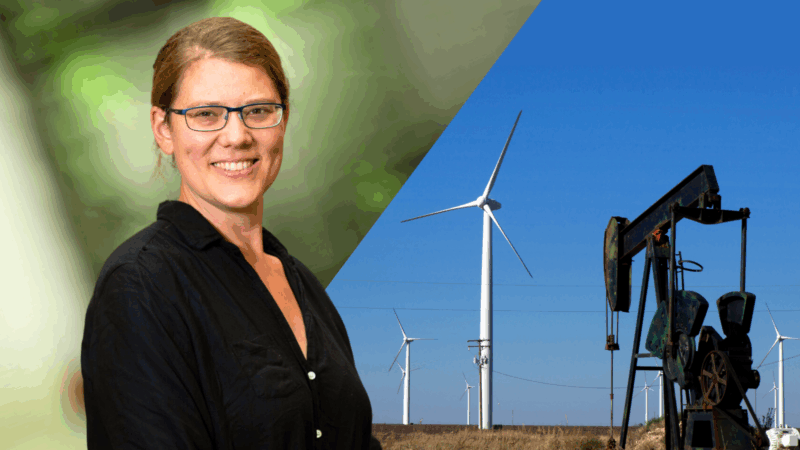
Beating the heat in L.A.: County’s ‘informal’ cooling centers are used more than official ones
With climate change making heat waves longer and more severe, Los Angeles County has for several years provided cooling centers — many of which are in libraries, parks or other…
Extreme heat may not be as conspicuous as hurricanes and tornadoes, but heat waves killed over four times as many people as those other types of natural disasters combined in 2021, according to National Weather Service estimates.
With climate change making heat waves longer and more severe, Los Angeles County has for several years provided cooling centers — many of which are in libraries, parks or other public properties — where people can escape the danger. But very little information exists on how such facilities are used.
In addition to the county’s 154 official cooling centers and 525 cooling centers provided by other cities and jurisdictions within the county, locations such as shopping malls and markets also are used as informal cooling centers during extreme heat.
A new UCLA study published online in the journal Applied Geography uses smartphone data to examine for the first time how formal and informal cooling centers are being used in Los Angeles County.
Researchers found that overall, about 20% of the population uses cooling centers. On afternoons of days where temperatures reached 95 degrees Fahrenheit, visitors to both kinds of cooling center stayed longer, an indication that the facilities are being used to escape heat. The paper also found that facilities’ proximity to public transportation matters — centers within a quarter mile of transit stops saw the greatest increase in visits on 95-degree deays.
Far more people (90%) used 610 shopping malls and other informal cooling centers in the study rather than county cooling centers (10%), and those who used the informal facilities tended to travel longer distances to get there than those who used the official venues. But that’s not to say official cooling centers aren’t important, said Travis Longcore, the study’s senior author, an adjunct professor at the UCLA Institute of the Environment and Sustainability.
For people without automobiles, the elderly and other disadvantaged groups, official cooling centers may be the only practical option.
“People who are unhoused or not spending money might get kicked out of an informal cooling center like a shopping mall or coffee shop, for example,” Longcore said. “And there are fewer businesses and public facilities that people can use as cooling centers in areas that have the highest social vulnerability.”
To reach their findings, the researchers used smartphone data that was anonymized and aggregated, eliminating the possibility of revealing any specific locations for a particular smartphone. The data were acquired from Outlogic, a private location data provider that collects data on consenting users of third-party mobile phone applications.
The study presents several recommendations for policymakers, including placing more cooling centers in underserved neighborhoods where residents are more reliant on them, placing centers close to transit stops and making cooling centers a part of more comprehensive strategies to mitigate extreme heat exposure. Local officials could also consider incentivizing businesses to allow and encourage more use of informal cooling centers, Longcore said.
Extreme heat heightens the risk for asthma, diabetes, heart issues and a range of other health conditions, and those risks are likely to increase as climate change continues to make extreme heat more common and long-lasting.
Sahar Derakhshan, a UCLA postdoctoral researcher, is lead author of the paper, which began with research that was conceived by environmental science students for a UCLA senior practicum in 2018. That group of students drafted the paper and the original computer code to analyze the smartphone data.
The study is part of a broader UCLA initiative called Heat Resilient L.A., which brings together 10 professors in public policy, law, engineering and other fields seeking to address the rapid increase in the number of extreme heat days in Los Angeles County.




